The close-knit Mexican American communities of Palo Verde, La Loma, and Bishop were located on a hill overlooking downtown Los Angeles. The residents were forcefully evicted and the villages destroyed in the 1950s to make way for the Dodger Stadium, as described in the film trailer below.
Home to generations of Mexican Americans, Palo Verde, La Loma and Bishop were founded in the 1840s. They grew into strong communities, with more than 300 families running their own schools and churches and managing their own land, representing a small town life within a major urban center.
Yet the tranquility of these communities changed by 1949. With the passage of the 1949 Federal Housing Act, 10,000 new low-income houses were approved to be built in Los Angeles, and Mayor Norris Poulson chose Palo Verde, La Loma, and Bishop (often referred to by government officials as Chavez Ravine) as the sites of the new houses.
The Mexican American citizens living in the town were promised first selection of the new houses, so they initially agreed to see their beloved village razed to the ground. But another major event occurred a few years later in 1958 — Major League Baseball’s Brooklyn Dodgers were relocating to Los Angeles, and the new baseball stadium was to be built on the communities of Palo Verde, La Loma, and Bishop. The residents decided to fight until the end as a unified resistance group.
The representative from the L.A. Housing Authority who came to the defense of the families, Frank Wilkinson, was targeted and jailed by the House Un-American Activities Committee (HUAC).
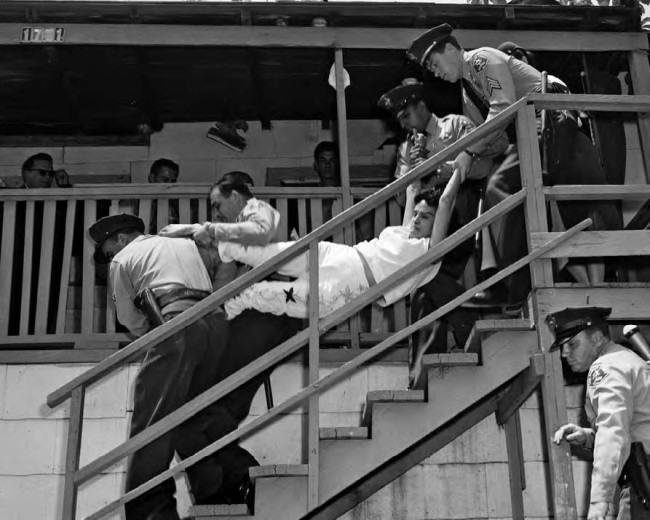
Aurora Vargas is carried by Los Angeles County Sheriff’s deputies on May 8, 1959, after her family refused to leave their home. Source: Hugh Amott, Los Angeles Times
Manuel Arechiga, a citizen of whose family had lived there for generations, remarked that:
My family and I fought every way we knew how to stay in our home in Chavez Ravine. Police had to carry my daughter, Aurora Vargas from our house. . . we lost our home and our land, but we didn’t lose our pride because we fought with everything we had.
Given no compensation for their displacement, the citizens of Palo Verde, La Loma, and Bishop were forced to flee and find housing elsewhere, while the Brooklyn Dodgers’ stadium was constructed on the historic site of a now destroyed Mexican American community.
Learn More and Take Action
Visit Buried Under the Blue and sign a petition with multiple demands, including “reparations from the agencies that destroyed our three communities and robbed the generational wealth of the people of Palo Verde, La Loma, and Bishop.”
Listen to NPR’s Codeswitch podcast, “Remembering the Lost Communities Buried Under Center Field” and the bilingual record Chavez Ravine by Ry Cooder. Find many more photos in the UCLA IMLab Chavez Ravine Media Archive.
Teach about the practice of displacement with Linda Christensen’s lesson “Stealing Home: Eminent Domain, Urban Renewal, and the Loss of Community.”
Earlier History
There is likely not a single place that is not layered with meaning, storied at some level with displacement and slavery. The Chávez Ravine in Los Angeles, CA is no exception. Pulling back these layers reveals a more complex story of Indigenous slavery. 👇🏾 pic.twitter.com/GSkkXjfim6
— Native Bound Unbound (@NatBoundUnbound) May 11, 2023

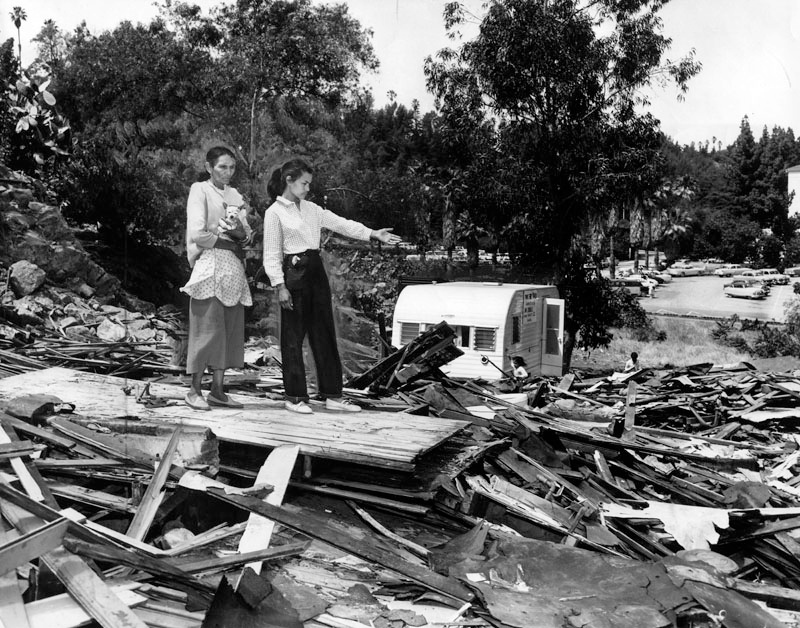
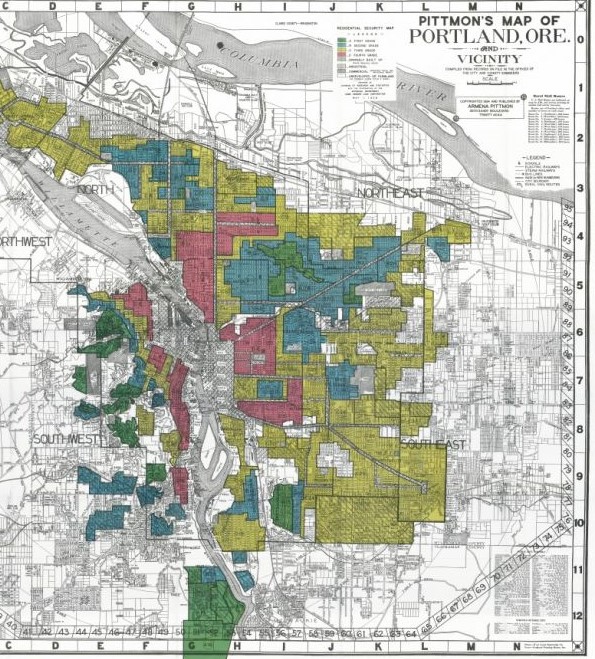

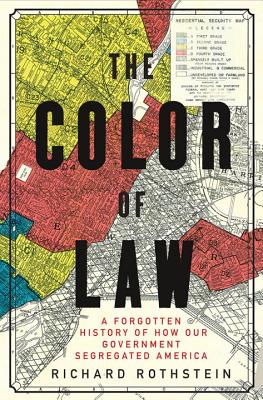
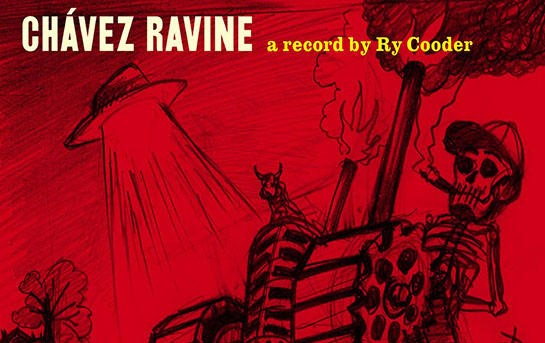
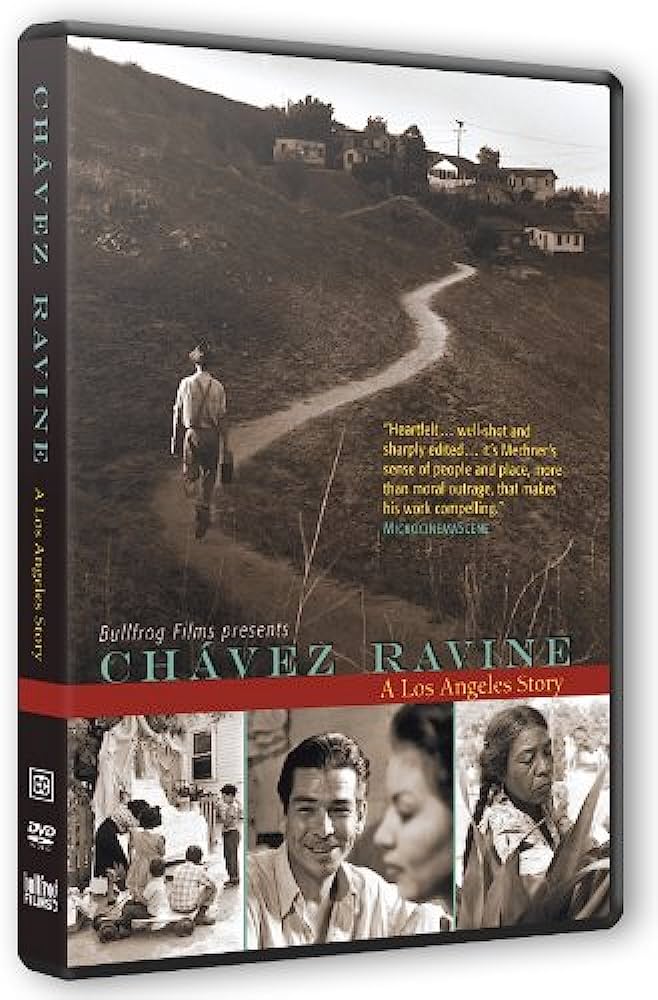





Twitter
Google plus
LinkedIn